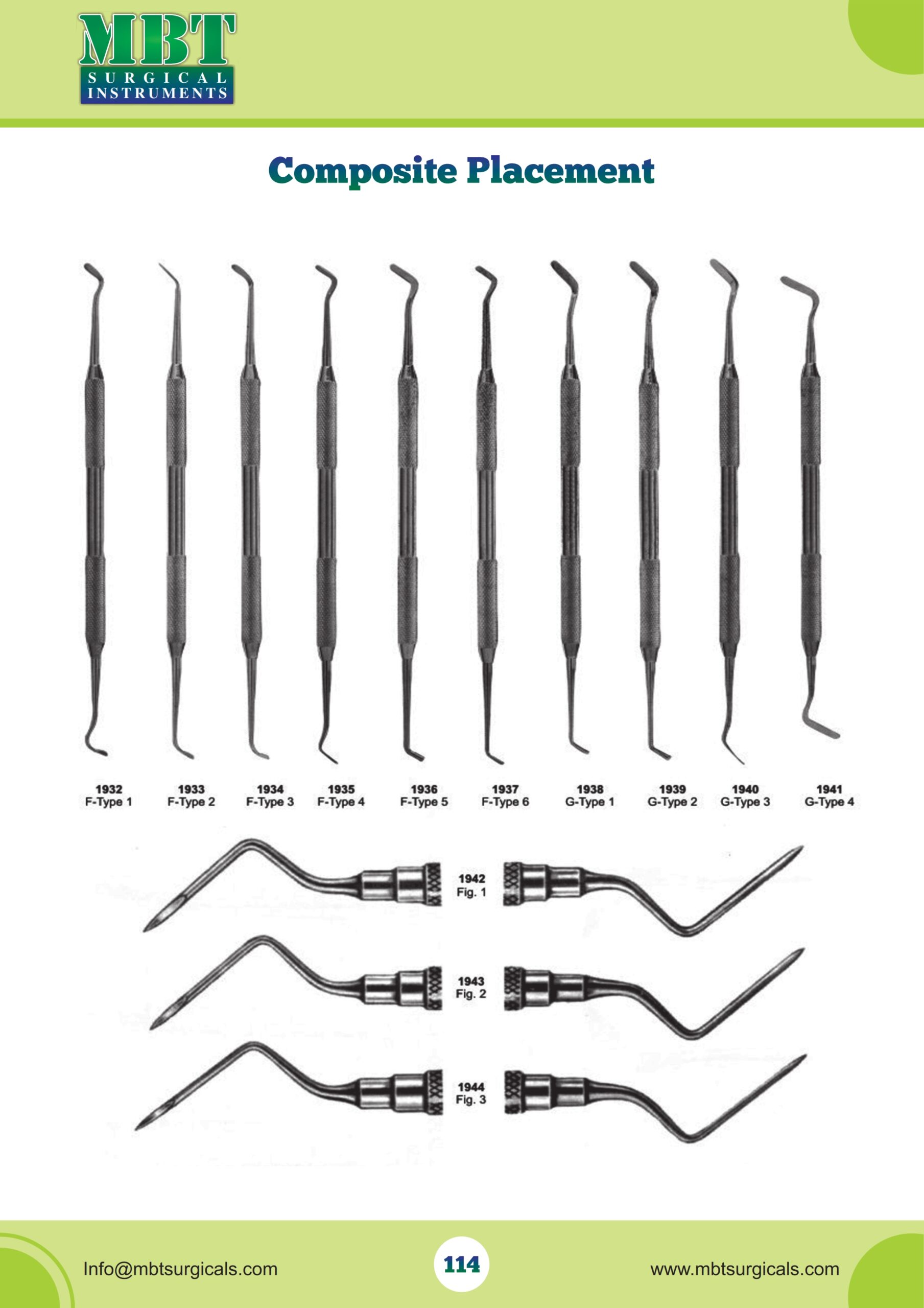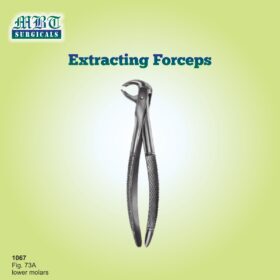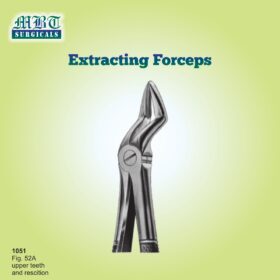- Your cart is empty
- Continue Shopping
Description
This comprehensive selection of composite placement instruments is engineered to provide precise manipulation of restorative materials during dental procedures. These tools allow for smooth shaping, sculpting, and adaptation of composites into cavity preparations, ensuring both aesthetic and functional success.
The instruments shown on this page include F-Type and G-Type variations (Models 1932–1941) with double-ended designs to support both fine and broad placements. Additionally, Figures 1–3 (Models 1942–1944) are specialized placement tips tailored for tight spaces and advanced contouring.
Crafted from high-grade stainless steel with textured grips, each instrument provides optimal control and tactile sensitivity, helping dentists achieve refined restorations with minimal sticking or drag.
Product Variants (Model Numbers):
F-Type Composite Instruments:
-
1932 – F-Type 1
-
1933 – F-Type 2
-
1934 – F-Type 3
-
1935 – F-Type 4
-
1936 – F-Type 5
-
1937 – F-Type 6
G-Type Composite Instruments:
-
1938 – G-Type 1
-
1939 – G-Type 2
-
1940 – G-Type 3
-
1941 – G-Type 4
Precision Composite Applicators:
-
1942 – Fig. 1
-
1943 – Fig. 2
-
1944 – Fig. 3
Product Specifications:
-
Material: High-quality stainless steel
-
Design: Double-ended, non-stick finish, ergonomic grip
-
Use Case: Composite resin shaping, contouring, interproximal placement
Why Professionals Choose These Instruments:
Dentists prefer these composite instruments for their consistent performance in shaping aesthetic restorations. The variety in tip shapes allows for flexibility in accessing different tooth surfaces and ensuring a smooth finish, even in complex restorations.
Key Features:
-
Multiple tip profiles for versatile use
-
Durable, corrosion-resistant stainless steel
-
Non-stick surfaces for smooth resin manipulation
-
Ergonomic, textured handles for better control






